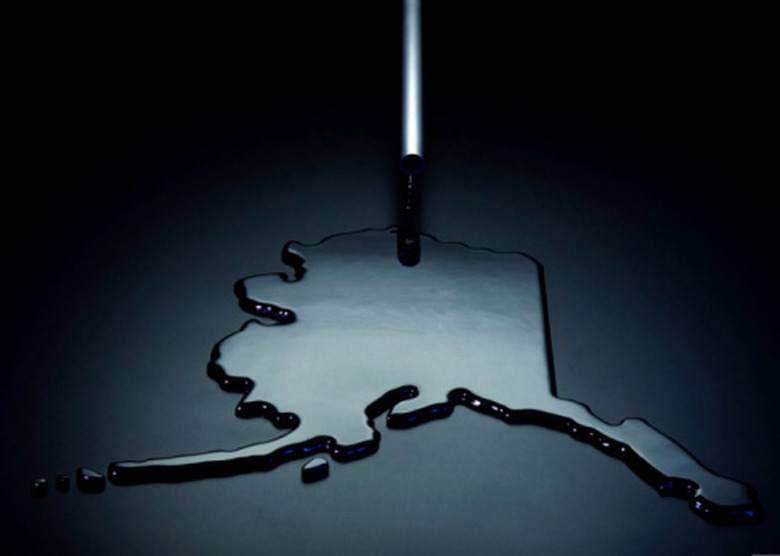What Type Of Plate Boundary Is The Aleutian Trench?
The Aleutian Trench stretches westward in a giant arc from the southwestern coastline of Alaska. This geological feature is part of the Pacific Ring of Fire, a tectonically active region that encircles the Pacific Ocean. Like most volcanically and seismically active regions, this ring and, more specifically, the Aleutian Trench are fueled by convergent boundaries. Here, tectonic plates collide with immense power, creating dramatic landforms and geological features.
Tectonic Boundaries
Tectonic Boundaries
There are three primary ways that tectonic plates interact with each other. The area where plates meet are called plate boundaries. The first is divergent boundaries. These boundaries occur where plates are spreading apart, forming new crust. The second is transform boundaries. These boundaries occur where plates are sliding past each other, creating faults on land or fracture zones on the seafloor. The third is convergent boundaries. These boundaries occur where plates are colliding together. The Aleutian Trench is the byproduct of a convergent plate boundary.
Subduction Zones
Subduction Zones
There are two primary types of convergent boundaries. When two equally buoyant continental plates collide, they crush together. However, the second type occurs where plates of unequal densities collide, forming a subduction zone. With a subduction zone, the denser plate is forced under the lighter plate. This is the case with the Aleutian Trench. Here, the dense Pacific Plate, an oceanic plate, is being forced under the more buoyant North American Plate, a continental plate. As the subducting plate plunges under the other, a deep trench is formed.
Aleutian Trench
Aleutian Trench
The Aleutian Trench, which has formed along the convergent boundary and has been produced by the subduction of the oceanic plate, extends for 2,000 miles. At its widest point, the trench is 50 to 100 miles across. Even more impressive is the tremendous depth of the Aleutian Trench, which reaches a maximum depth of more than 26,000 feet. The trench is deepest from its western end to its midpoint, while it becomes shallower as it extends eastward. This is because toward its eastern end, the convergent boundary becomes a transform boundary, with the Pacific and North American plates sliding past each other rather than colliding.
Other Geological Effects
Other Geological Effects
In addition to forming a deep trench, subduction zones produce volcanic arcs. This occurs because, as the subducting plate descends into the mantle, the plate melts. This melted rock then rises to the surface, producing volcanic activity along a chain that runs parallel to the boundary. In the case of the Aleutian Trench, this rising magma has produced the Aleutian Islands that reside between the trench and the mainland. It has also created the Aleutian Range, which runs along the edge of the continent.
References
- Harriman Expedition Retraced; Aleutian Volcanoes and Plate Tectonics on the Pacific Rim; Kristine J. Crossen
- Emporia State University Earth Science; Aleutian Arc Tectonics; Andy Schmidt
- The Geological Society of America: Profiles of the Aleutian Trench; Harold W. Murray
- Oceana: Aleutian Trench
- USGS: Eastern Aleutian Volcanic Arc Digital Model
- USGS; This Dynamic Earth; W. Jacquelyne Kious and Robert I. Tilling
Cite This Article
MLA
Bennett, Doug. "What Type Of Plate Boundary Is The Aleutian Trench?" sciencing.com, https://www.sciencing.com/type-plate-boundary-aleutian-trench-8614197/. 24 April 2017.
APA
Bennett, Doug. (2017, April 24). What Type Of Plate Boundary Is The Aleutian Trench?. sciencing.com. Retrieved from https://www.sciencing.com/type-plate-boundary-aleutian-trench-8614197/
Chicago
Bennett, Doug. What Type Of Plate Boundary Is The Aleutian Trench? last modified August 30, 2022. https://www.sciencing.com/type-plate-boundary-aleutian-trench-8614197/
